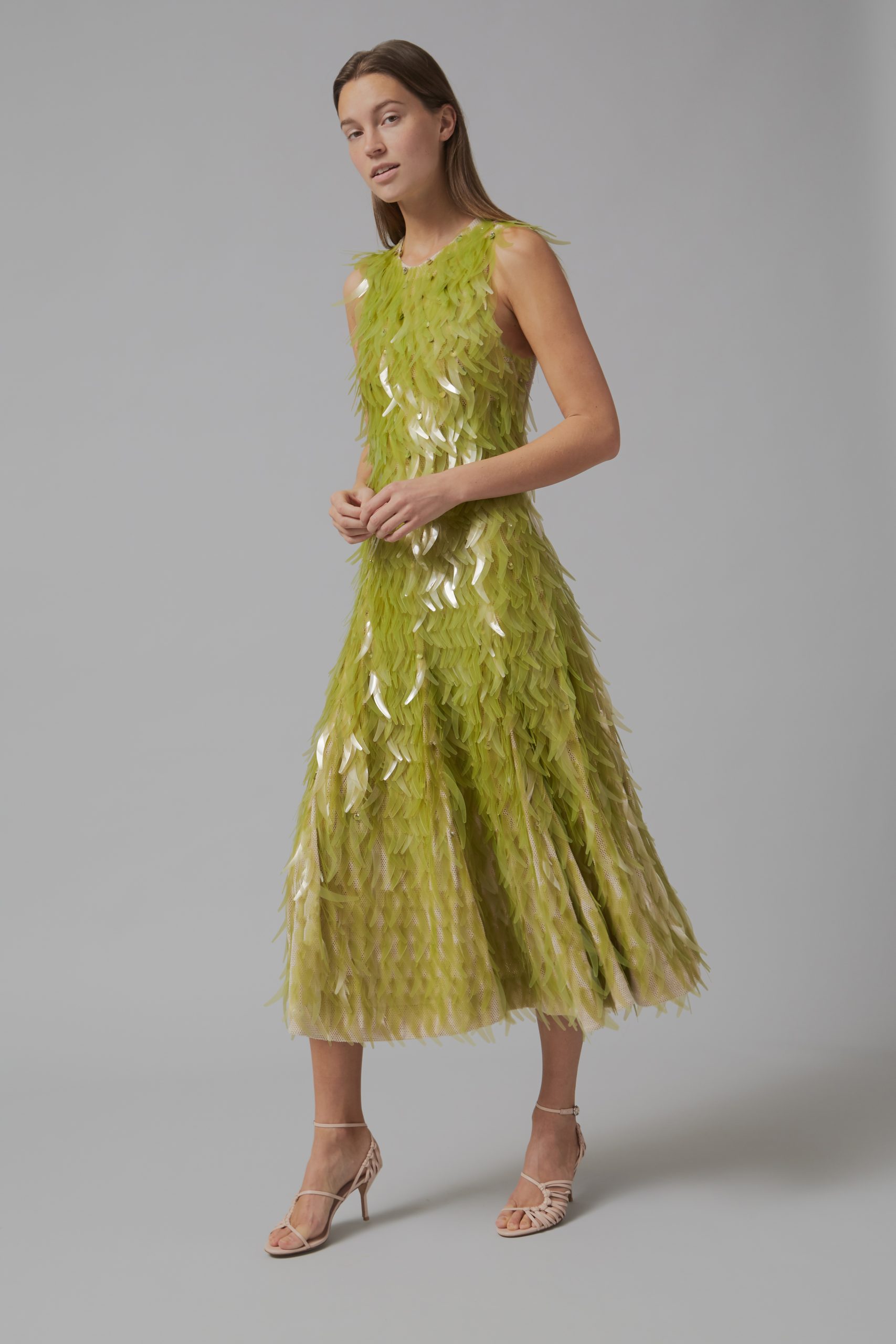Another iteration of a “core” trend has stepped into the streets with summer aglow, and this time it is far more brawny and blasé than the glitz and glam of previous highly feminized trends. Coined “blokecore”, which is perhaps a little gender-stereotypical, journalists have spotlighted the increasing interest in football strips and shirts, worn for aesthetics and style, and with little relation to the team they represent. “Blokecore” is no radical new trend however, but simply an absorption of football match attire into everyday fashion, enhanced with a nod back to the retro chic of forgotten strips.
What is the “Blokecore” trend?
This fashion – marked by vintage shirts, garish scarfs, caps, kicks and scruffed jeans – isn’t revolutionary. Instead, it has all been seen before and modeled quite spontaneously on the mood of football crowds and Saturday spectating. Now, the football character has been absorbed by the youth, whose fascination with photos, sharing and social media has made this common, grassroots aesthetic somewhat “trending”. Football shirts, in their myriad of colours and badges, are no longer affiliated with teams nor supporter. Instead they have become a standardized wardrobe item to be styled into the everyday. Despite being emboldened by the unavoidable hype culture of the modern digital world, the trend does also lean on the style of “the casuals” from the 70s, and could be an explicit example of our trend cycle in oscillation…
The History of Football Fashion
Football permeates all corners of society in 2023, having been both commercialized and televised. Yet half a century ago, in the 1970s and 80s, football was merely the preoccupation of working-class males (somewhat exclusively). The “blokecore” trend we are seeing grasp center stage at the moment pays a lot of aesthetic homage to these retro football fans. This youth tribe, who filed into the terraced standing seats, and comprised their own character, came to be known as “the casuals”. Their attire, although varying from city to city, had a tendency for the sharp and clean, and fixated on certain brands. The “Perry Boys” of Manchester were iconised for their Fred Perry shirts and white stan smiths, whilst the “Scallies” of Liverpool” began to popularize more European athleisure brands, following Liverpool FC’s success in European based tournaments. This segment of “the casuals” began to don the likes of Elesse and Sergio Tacchini, giving these names a new standing in the UK market. Each football club began to have a strong association with distinct brands, and fashion brand name became a marker of loyalty and fanbase. Rowdiness has also always weaved itself through British football history. As such the casual trend, which was perpetuated by the younger and more fashion-forward of the crowds, also established certain ties with hooliganism and raucous character, which all became wrapped up into a certain way of “being” – “the casuals” way of being. In many ways “the casuals” style then began to dwindle moving into the 80s and 90s, in part due to the increasing influence of the music and rave scenes. At weekends, swarms of youth turned from the rumble of the stadiums to the beats of underground subcultures, and with this change of activity came a change of dressing and style.
Football Clubs Meet High Fashion Circles
Despite never fully disappearing, the football casual aesthetic has returned fortified in 2023, and now collects more girls and women in its grouping. For many, with all these “core” trends, there is an awkward subtlety over whether revitalized and stereotyped fashion movements could be poking fun at a caricature of certain people. Given the working-class and “thuggish” sentiment that was once so tightly interwoven with “the casuals”, this trend has definitely pricked sensitivity. However, it seems that the “blokeish” trend is more than just a replica of the past, and is becoming a modern mood all in itself. The football casual attire in our current wolrd has ruptured high fashion circles. The Gucci and Adidas collaboration in 2022 was a major moment in the picture, and packed a second punch in 2023, affiliating a classical stadium brand with the mood of money, runways and supermodels. This has been furthered by the interesting brand partnerships we have seen developing between clubs and fashion houses. Arsenal’s 2022 collaboration with Stella McCartney saw a super interesting fusion of fashion and football, as the iconic animal print of the designer was splashed across shirts in blue and red, and accessories were emblazoned with pops of colour. Manchester United’s partnering with Paul Smith, although more subdued, also saw a capsule collection of the designer’s emblematic stripe translated into the unmissable red and white hues of the club’s strip. These, for want of a less prejudiced phrasing, ‘low culture’ and ‘high culture’ crossovers, are aesthetically cool. Not only do they spur an athleisure inspired creativity, and a colour palette rooted in history, identity and belonging, but they are oh so rooted in the mood of the moment and a time where industry cohesion and collaboration is animated. It seems football, with its big claim over the British people, will always collide vicariously with fashion and culture, and “blokecore” is just a pique of it.
Written by Hebe Street from GLITCH Magazine





